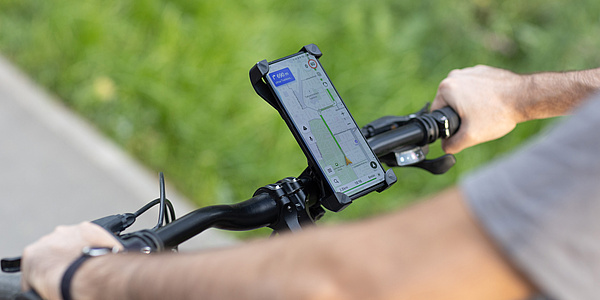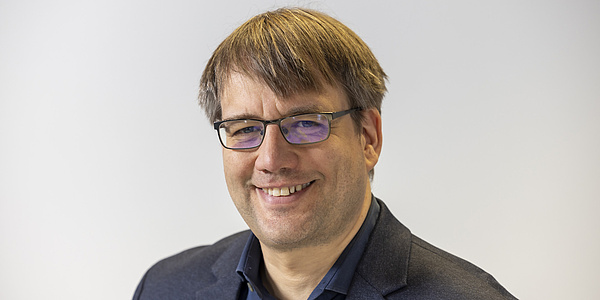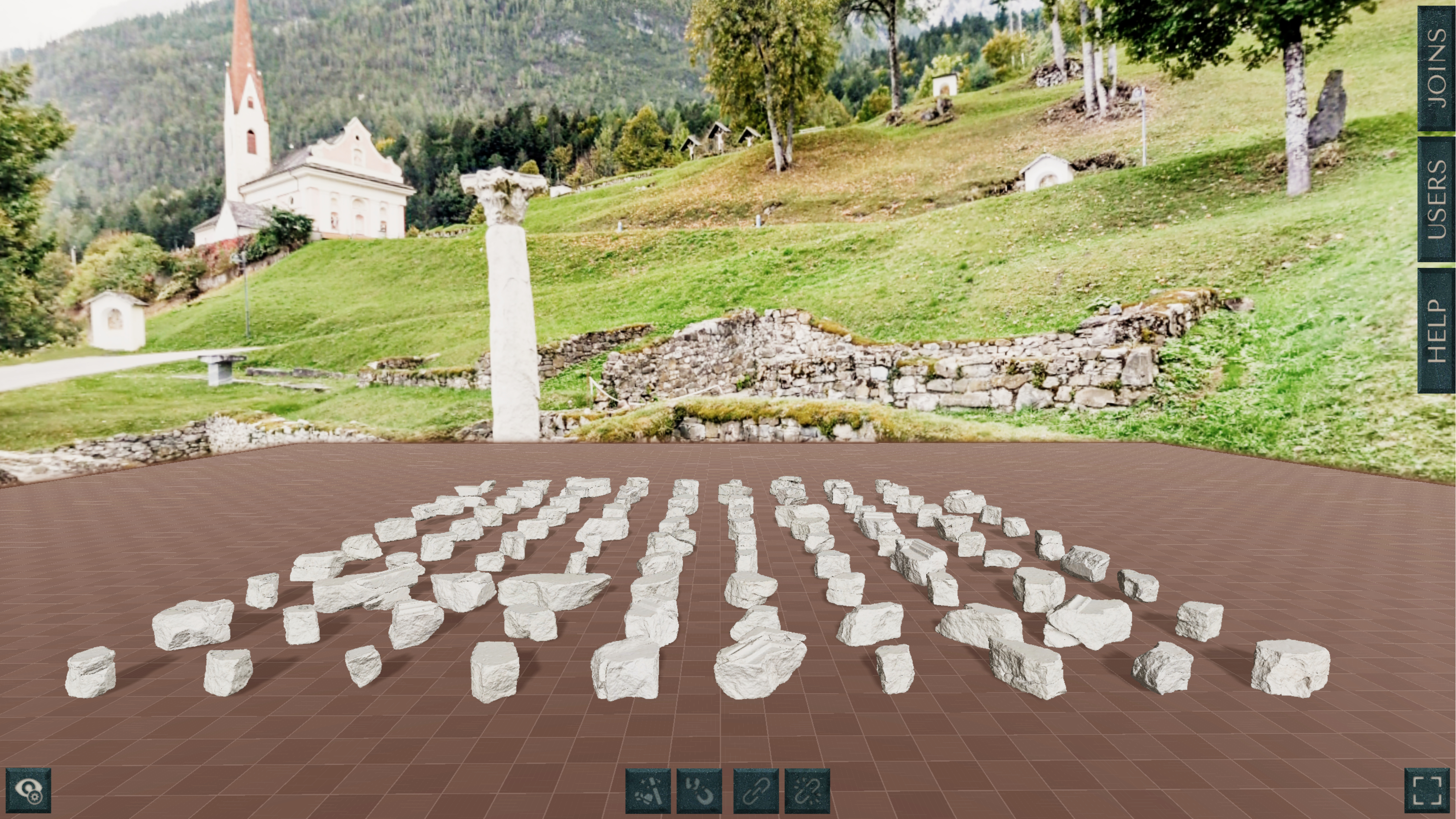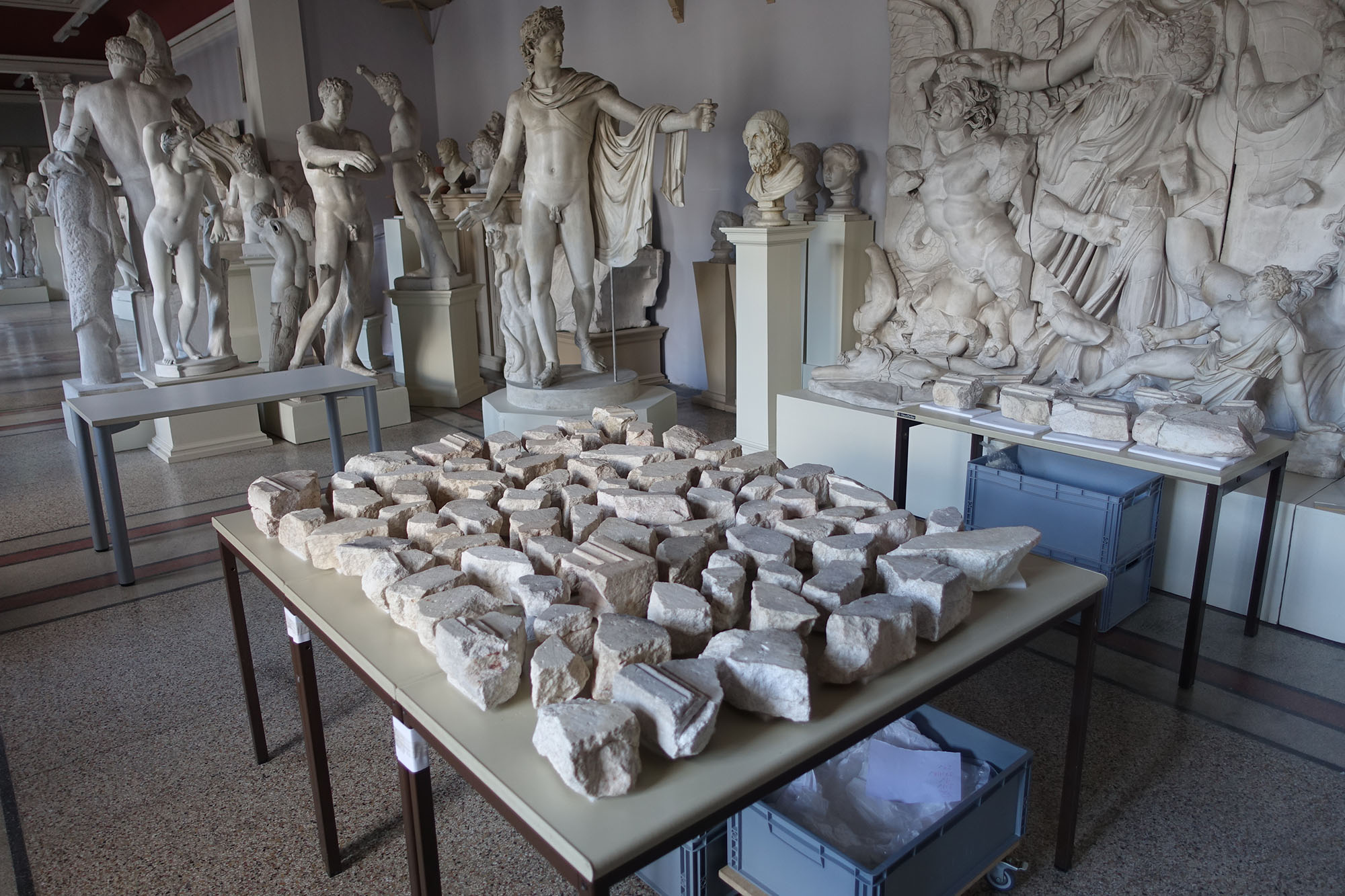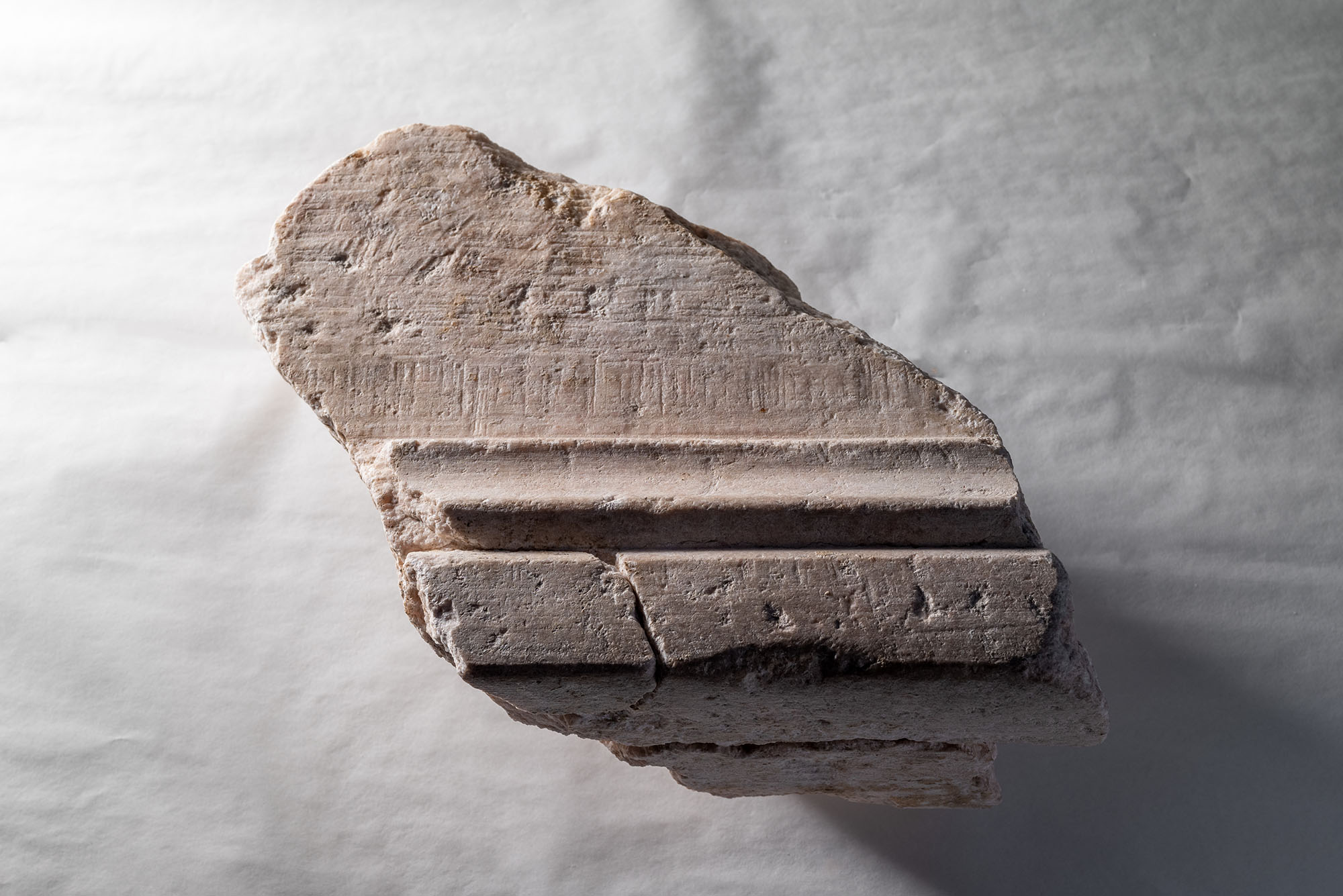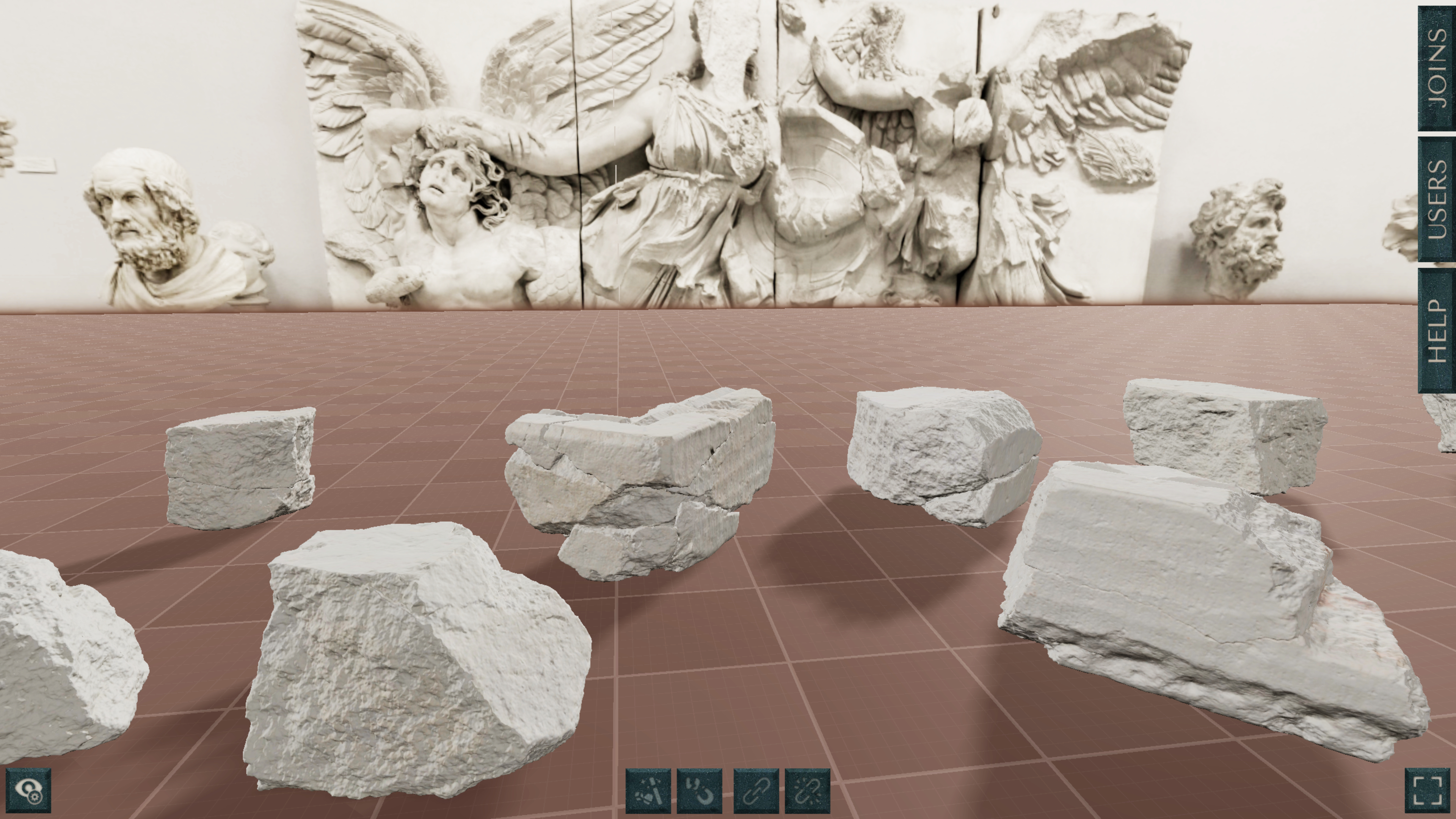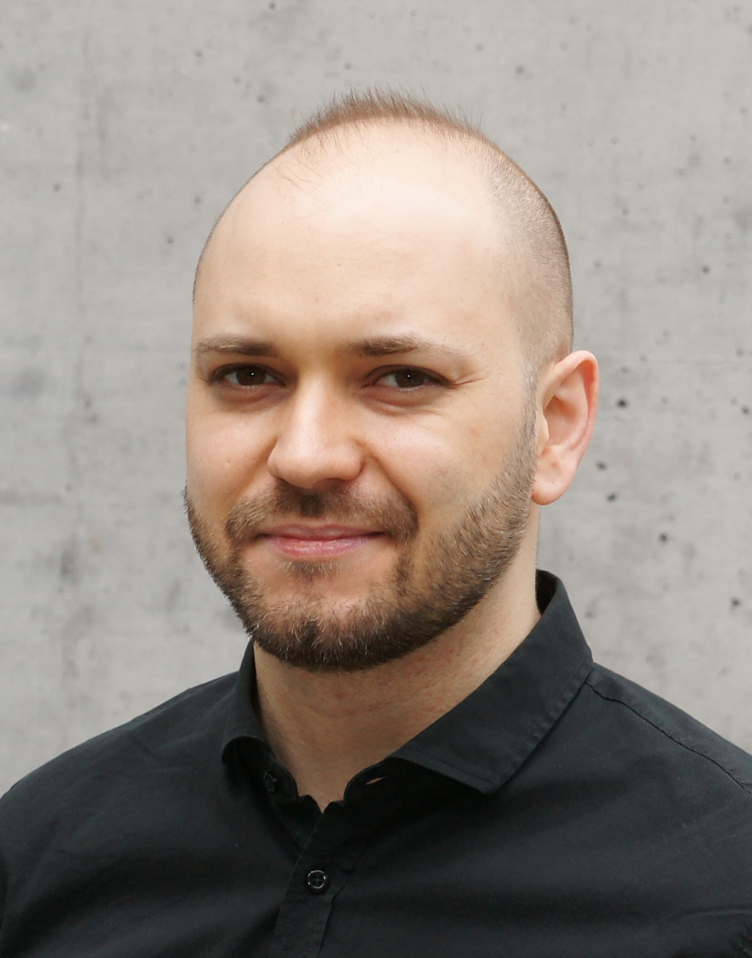Early Christian Altar Stone: Swarm Intelligence to Help with Reconstruction
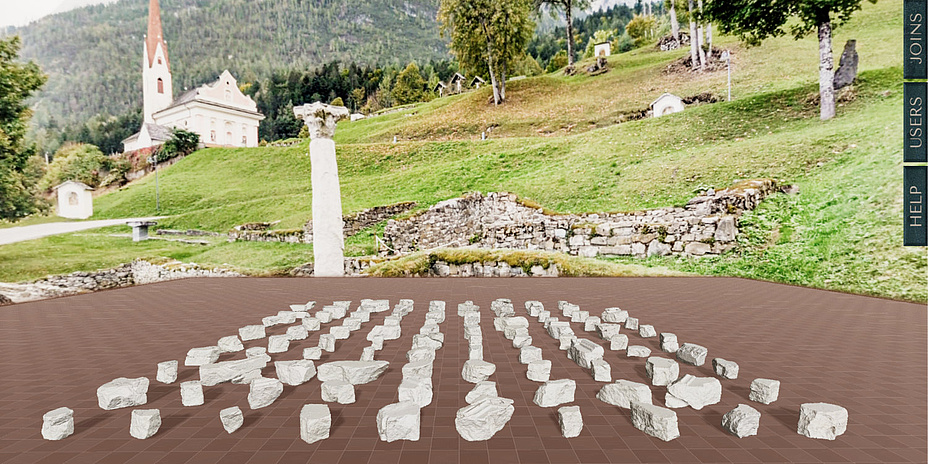
The Bishop’s church at Kirchbichl in Lavant in East Tyrol is one of the most important early Christian monuments in Austria. In the 1950s, the remains of this church, including fragments of a marble altar stone, were uncovered. In all these years, it has not been possible to completely reassemble the altar stone, which had broken into 139 individual pieces. What experts have so far failed to achieve is now to be accomplished with the help of interested citizens. Researchers at Graz University of Technology (TU Graz) and the University of Graz have developed the interactive internet platform “Open Reassembly“, where users can work together to reassemble the digitised fragments of the altar stone.
Even specialised algorithms can’t completely solve the puzzle
“The fragments have largely lost their texture and are partially eroded, which makes reconstruction extremely difficult,” says Reinhold Preiner from the Institute of Computer Graphics and Knowledge Visualisation at TU Graz. “Due to erosion, it is not always possible to clearly determine whether two fragments fit together. In addition, not all fragments of the stone are available. Therefore, even computer algorithms specialising in such objects cannot reliably solve this puzzle.” Hope now rests on the swarm intelligence of interested internet users.
Digital twins from hundreds of photos and geometric data
For the project, the individual parts of the altar stone were digitised at the Institute of Classics at the University of Graz. “We took around 100 photos of each fragment from different perspectives and combined them with geometric data from measurements taken by a grazing light scanner,” explains Stephan Karl from the Institute of Classics. The digital twins of the fragments created in this way can be rotated in all directions on the “Open Reassembly” internet platform and virtually reassembled with the other parts. The participants can do the puzzles themselves and evaluate the adaptations of other players. Together, the hope is that the swarm will get closer to the solution step by step.
However, the project is also relevant beyond the purely archaeological puzzle. “There are already approaches to computer-aided reassemblies in computer science. They are usually fully automated, occasionally with the involvement of individual users, but always local,” says Reinhold Preiner. “By involving the general public in such a reassembly process via the internet, we are largely breaking new ground.”
Search for optimal conditions for cooperation
Reinhold Preiner and Stephan Karl want to find out whether the collaborative approach to such a complex geometric-combinatorial problem delivers a solution that is highly likely to be correct, even without archaeological expertise. On the internet platform, users are automatically divided into larger and smaller groups and receive varying degrees of technical assistance. “By analysing the progress towards a solution, processing time and solution efficiency, we want to find out which framework conditions are most conducive to the collective reassembly process,” says Reinhold Preiner.
All you need to participate is a desktop computer with internet access, mouse and keyboard. Personal data is not collected during participant registration.
This research topic is anchored in the Field of Expertise Information, Communication & Computing, one of the five strategic research foci at TU Graz.
Would you like to receive the latest stories, news, research stories, interviews or blog posts from TU Graz directly on your smartphone or in your email inbox? Subscribe to the TU Graz Telegram newsletter free of charge.
Kontakt
Reinhold PREINER
Dipl.-Ing. Dr.techn. Bakk.rer.soc.oec.
TU Graz | Institute of Computer Graphics and Knowledge Visualisation
Phone: +43 316 873 5418
reinhold.preiner@tugraz.at
